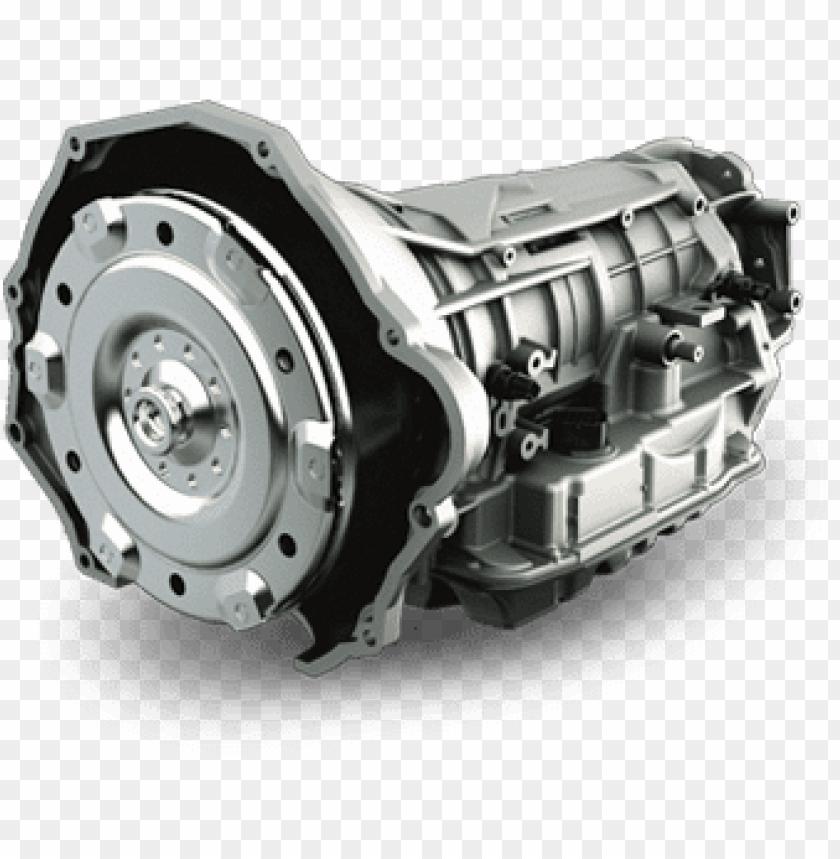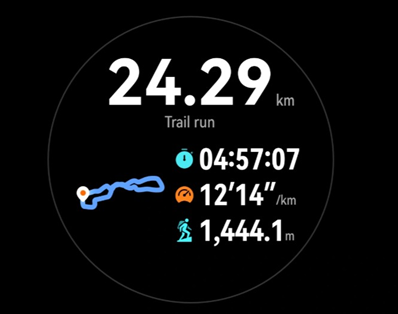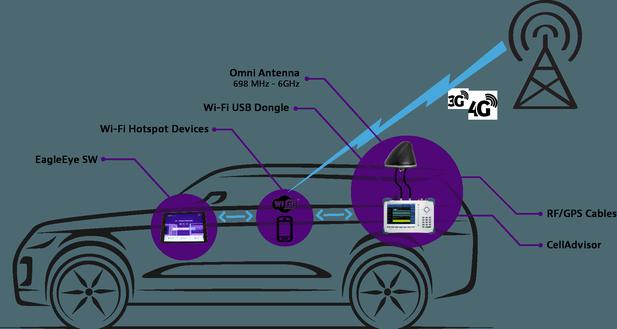Transparent transmission
Features
The length and content of the sender and receiver data are exactly the same, which is equivalent to an invisible transmission line. Transparent transmission technology is used in many fields such as OTN and PTN. In the T-MPLS network, PWE3 is one of the key technologies. PWE3 (Pseudo Wire Emulation Edge-to-Edge) is a business simulation mechanism. It is hoped to provide as few functions as possible to simulate lines according to the requirements of a given business. This mechanism requires the establishment and maintenance of pseudowires (PW) in the tunnels of the packet switching network (PSN), the use of PWs to encapsulate and transmit service data or clock synchronization information, and to keep the business data or clock synchronization information as true as possible. Properties and characteristics. For client equipment, PW is represented as a link or circuit exclusively for a specific service, which is called a VC-Virtual Circuit. Figure 1 is a schematic diagram of the network model.
For service providers that provide multi-service delivery, the current infrastructure is usually composed of parallel or overlapping networks. Each part of these networks performs specific services, which gives both sides to network construction and maintenance. Bring a heavy burden. The presence of multiple networks also complicates network planning. In order to obtain the maximum return on investment and pay the minimum maintenance cost, service providers expect to incorporate multiple services into a single network, which is an optimized packet aggregation network.
This method of data transmission is called transparent transmission.
Question
Transparent transmission means that it is transparent to the outside world during the transmission process, that is, you can’t see it as the transmission network. No matter what the transmission business is, I’m only responsible for the transmission. The service is transmitted to the destination node while ensuring the quality of the transmission, without processing the transmitted service.
Transparent transmission means that data passes directly through the interconnection function mode in the system without RLP error correction. If RLP error correction is performed, it is non-transparent transmission.
It is the so-called transparent transmission, no matter what is being transmitted, the equipment used only serves as a channel to transmit the content to be transmitted to the other party intact!
The transparent transmission device is a black box, and whatever comes in is what goes out.
Transparent transmission does not need to care about the transmission of the lower layer protocol. For example, if you want to send a letter, you only need to write the address and hand it to the post office, and then the other party can receive your letter, but how many stations and trains pass through. Postman, you don’t know at all, so the delivery process is transparent to you.
Features
Similar to the working mode of connection-oriented and telephone systems, its features are:
1. The connection-oriented data transmission process must go through the establishment of a connection, There are three processes of connection maintenance and connection release;

2, during the data transmission process, each packet does not need to carry the destination address.
The sequence of sending and receiving data for connection-oriented data transmission is unchanged, so the reliability of the transmission is good, but the protocol is complicated and the communication efficiency is not high.
Description: RLP (Radio Link Protocol): The wireless connection protocol is a strict error correction method. When the data is "detected" at the receiving end, the receiving end can request the phone to retransmit the data, if necessary, repeat it until the received data is completely correct.
Main application industries
1. Wireless queuing equipment , hotel electronic door locks, biometric access control management system.
2, intelligent teaching equipment, baby monitoring, medical ward call system.
3. Intelligent control of household appliances and lighting.
4. Anti-theft alarm smart card, remote detection of railway locomotives.
5. Water, electricity, gas, heating automatic meter reading and charging system or reactive power compensation and grid monitoring.
6. Wireless conference voting and scoring system, PDA terminal, wireless ordering system.
7. The LED screen wirelessly transmits text, pictures and wireless control.
8, electronic weighing apparatus, wireless crane scale, vehicle monitoring, aging equipment testing.
9. Wireless transmission of industrial equipment data and industrial environment monitoring.
10. Video surveillance PTZ control, access control and attendance card reader.
11. Weather/oil well/water conservancy equipment information collection and natural environment detection.
12. Mine staff attendance and positioning system; gas detection alarm.
13. Wireless control of wind power generation circuit lights, data monitoring of solar photovoltaic inverters.
14. Regional positioning of important assets and personnel such as instruments, goods, and medical equipment; supply chain management of logistics.
Latest: High-end router
Next: Wire-speed switching








